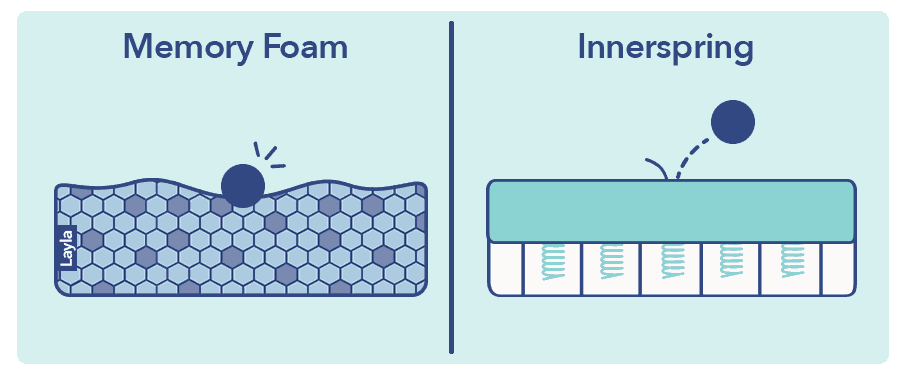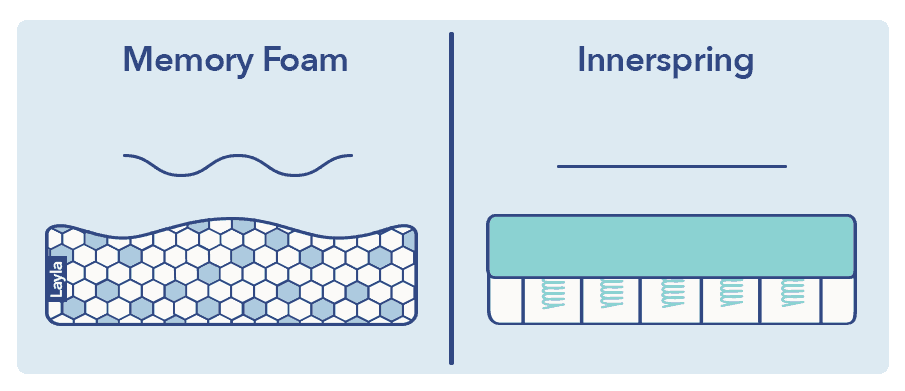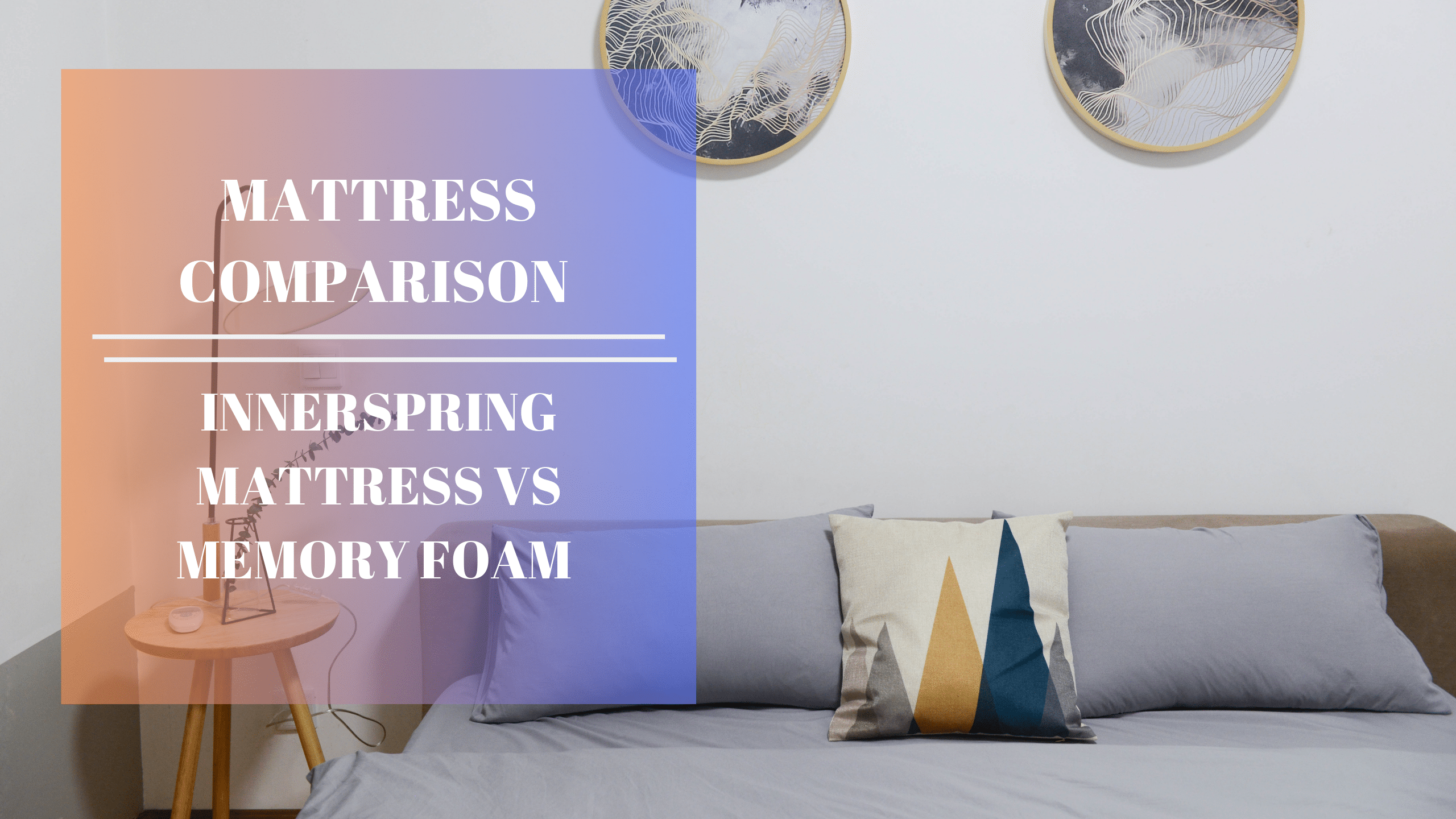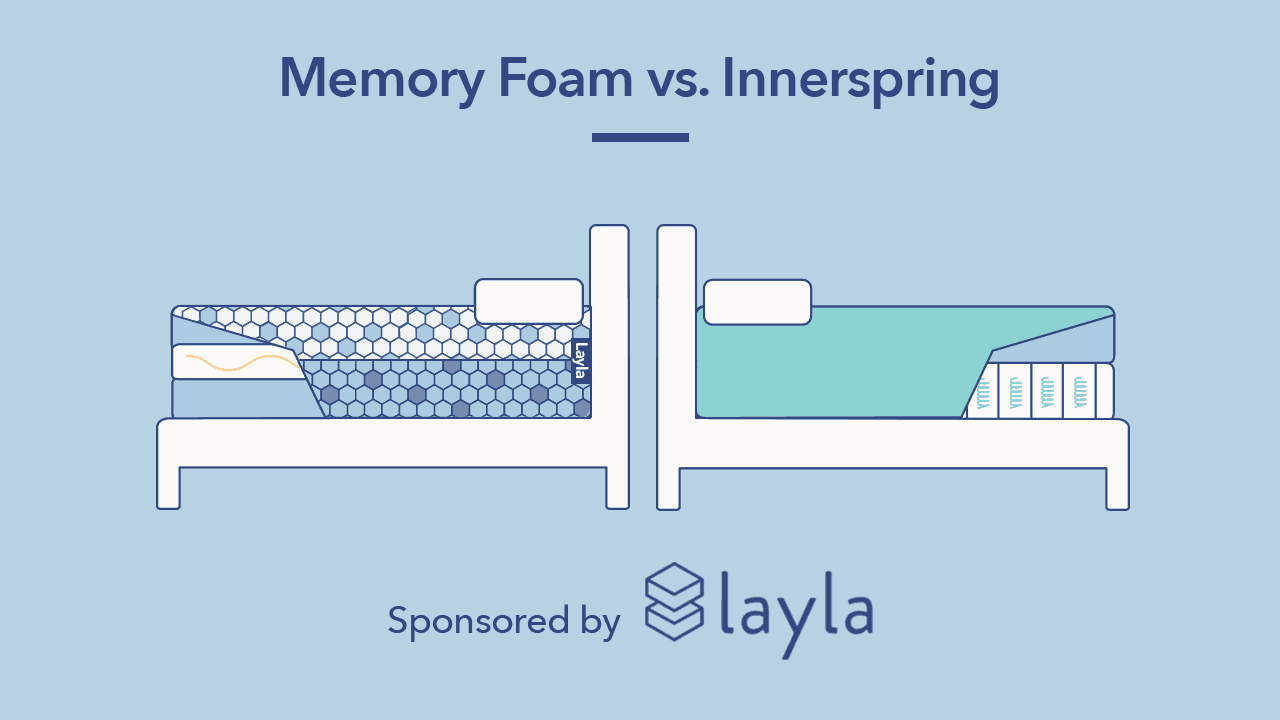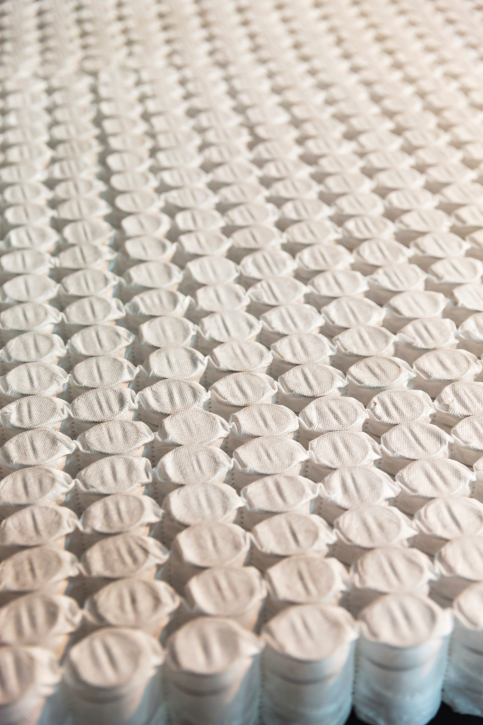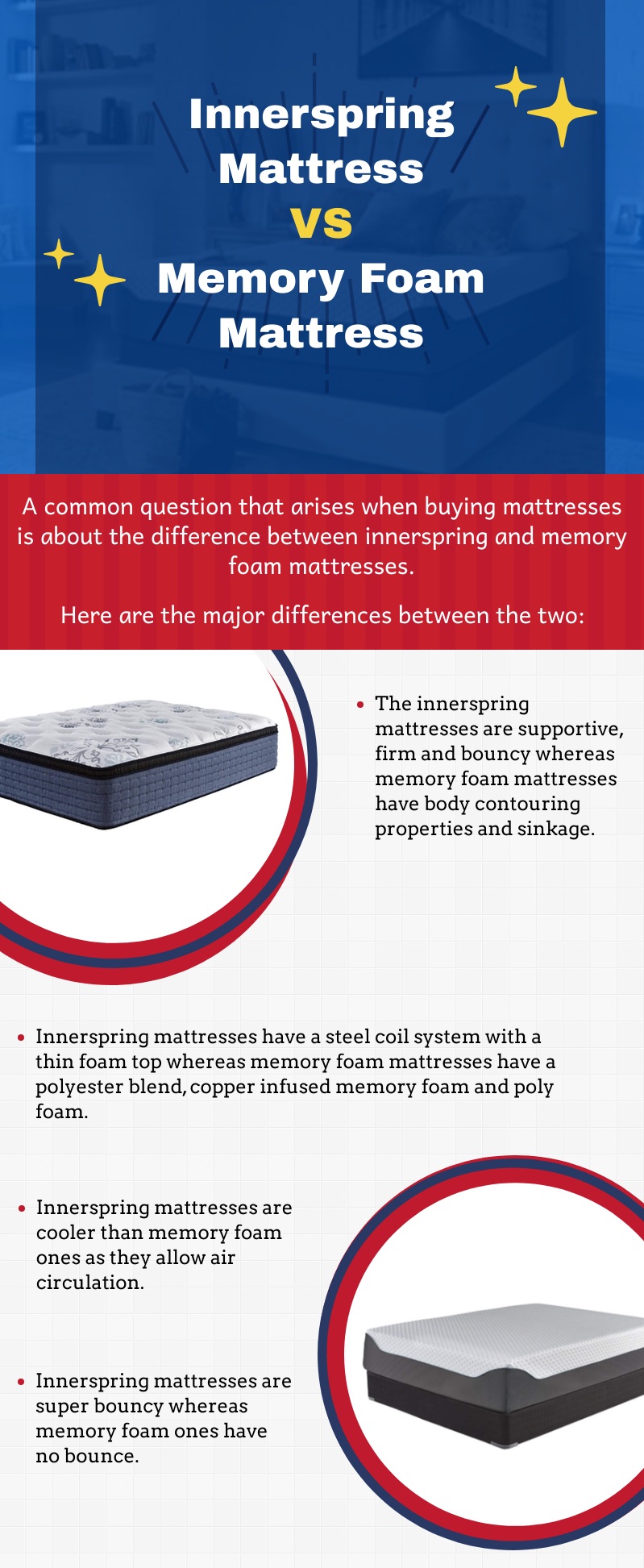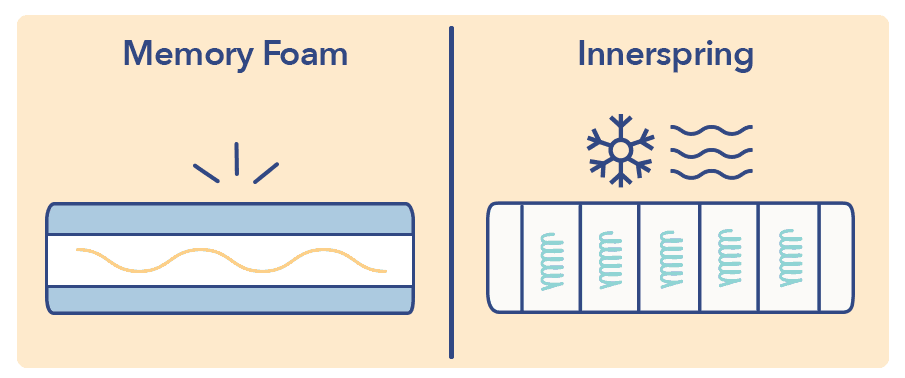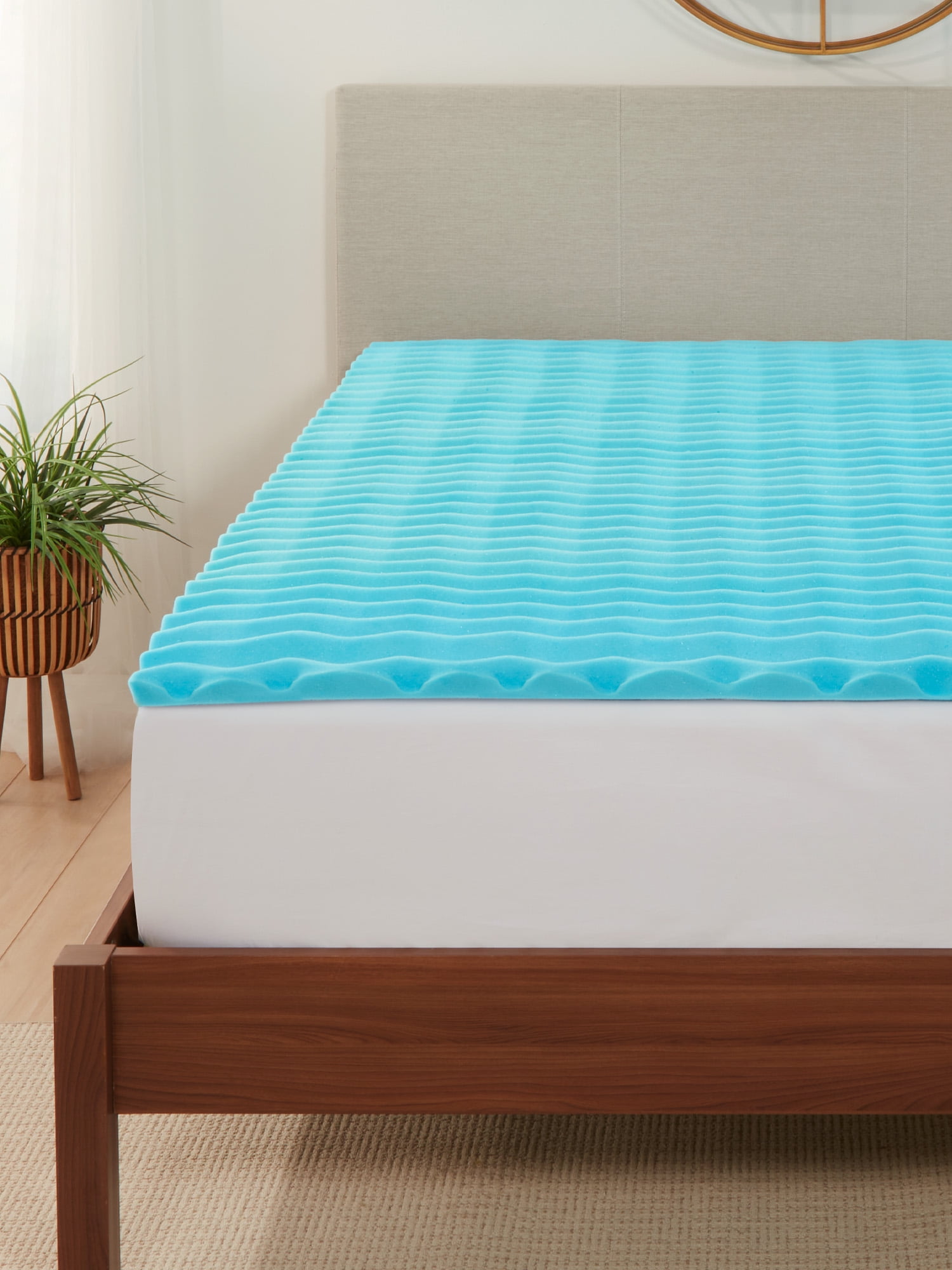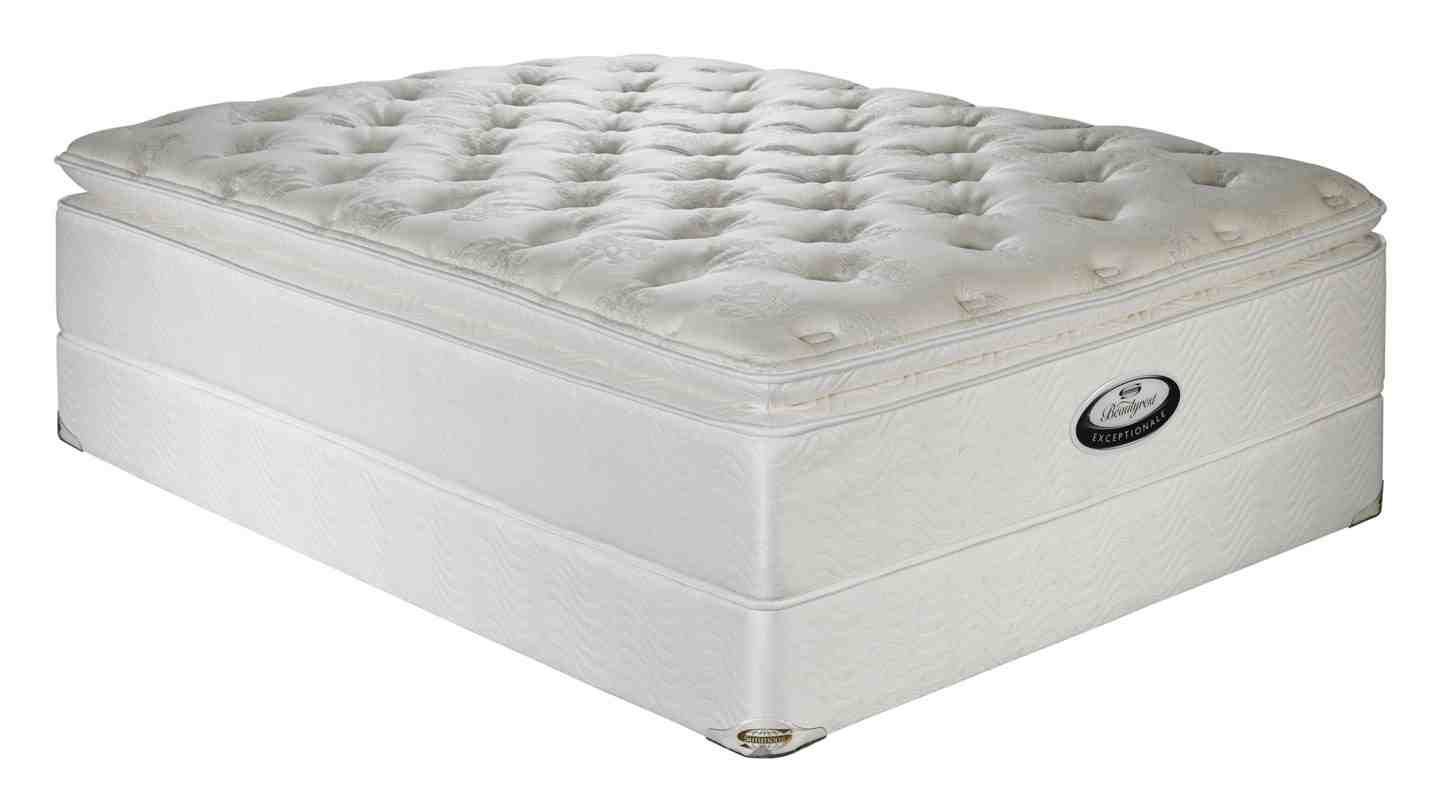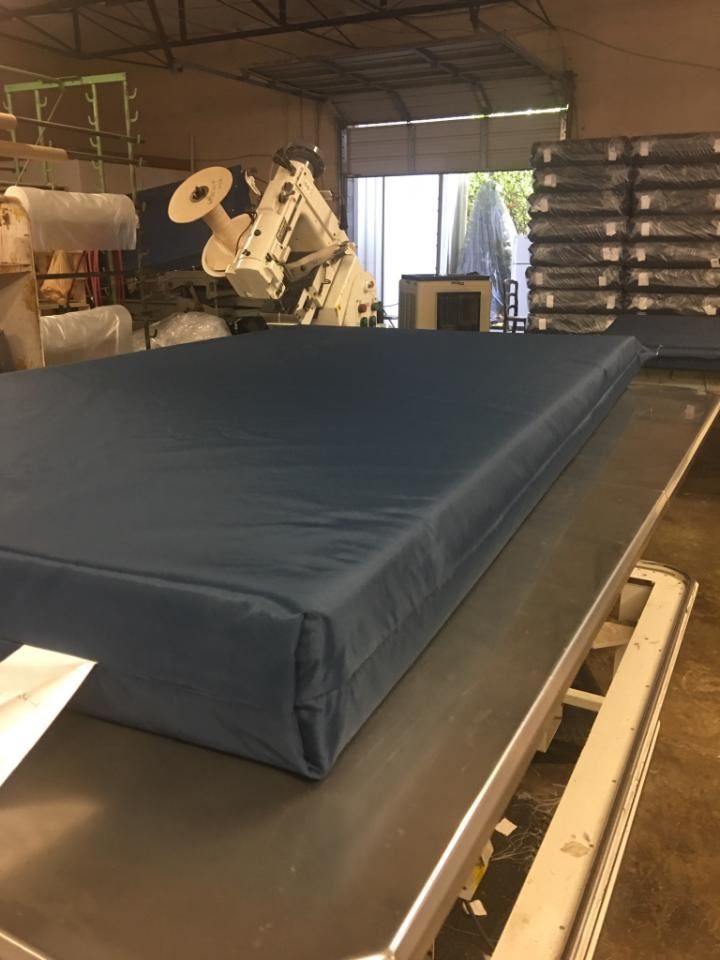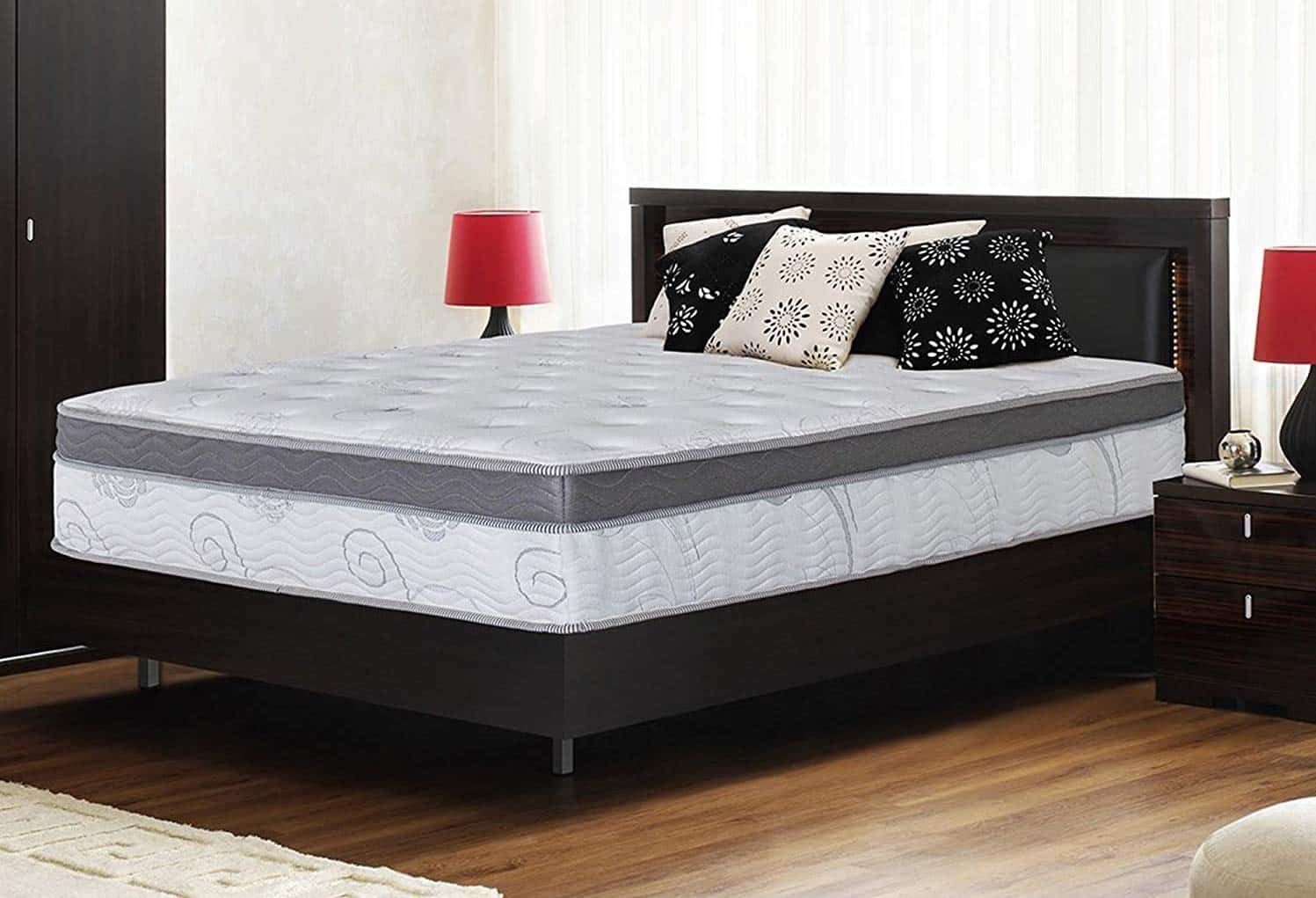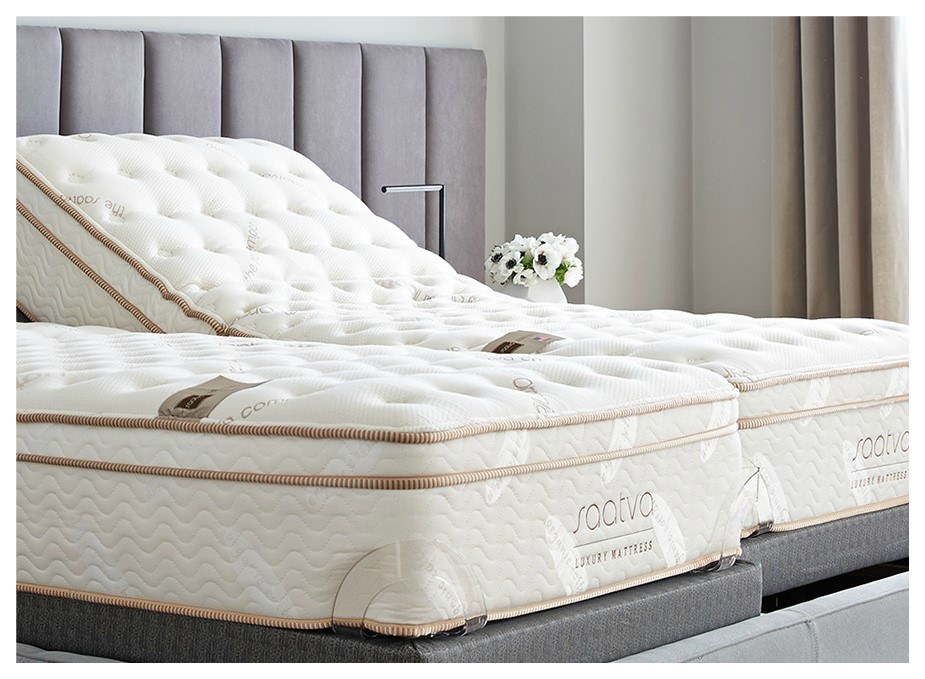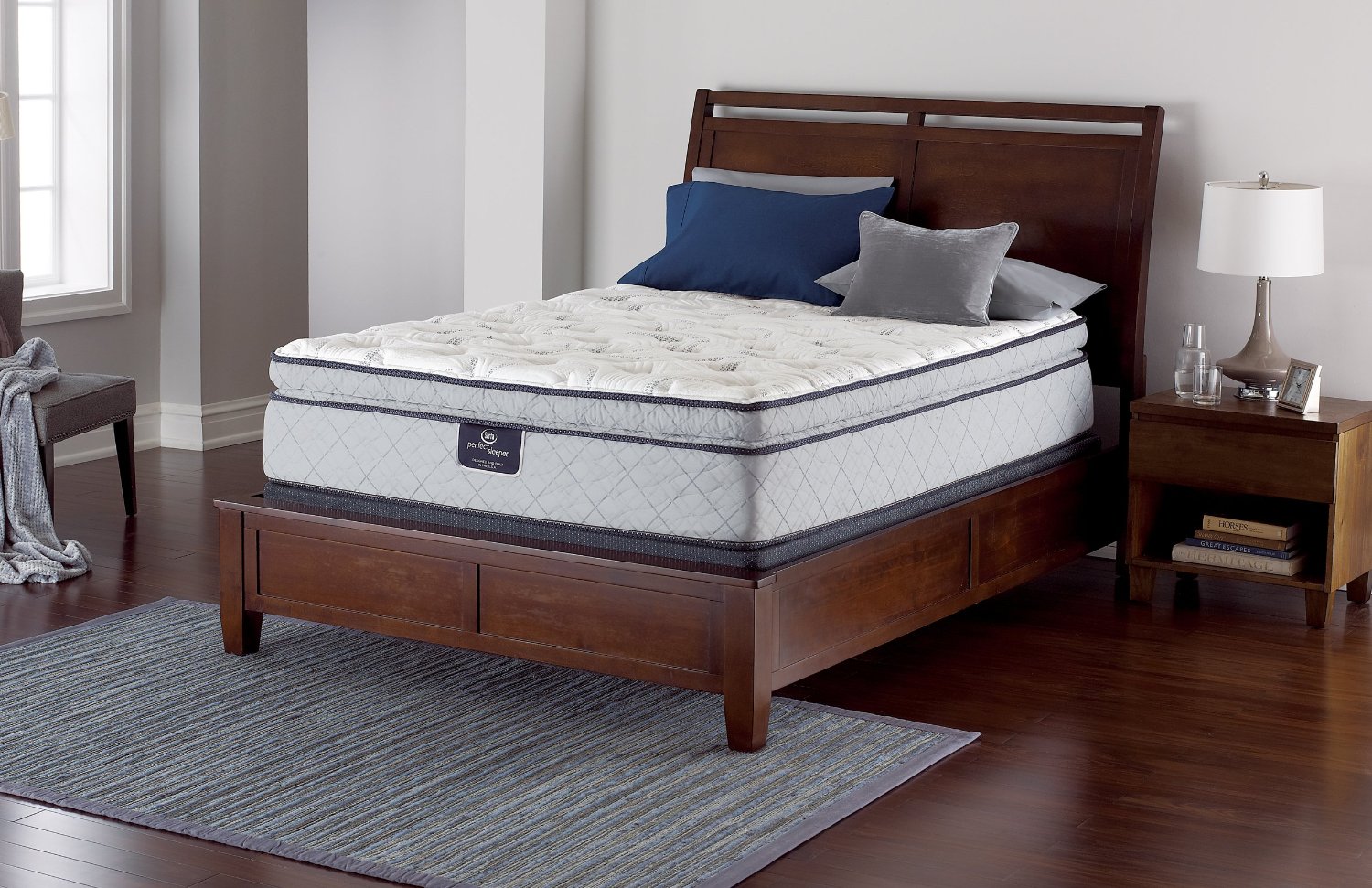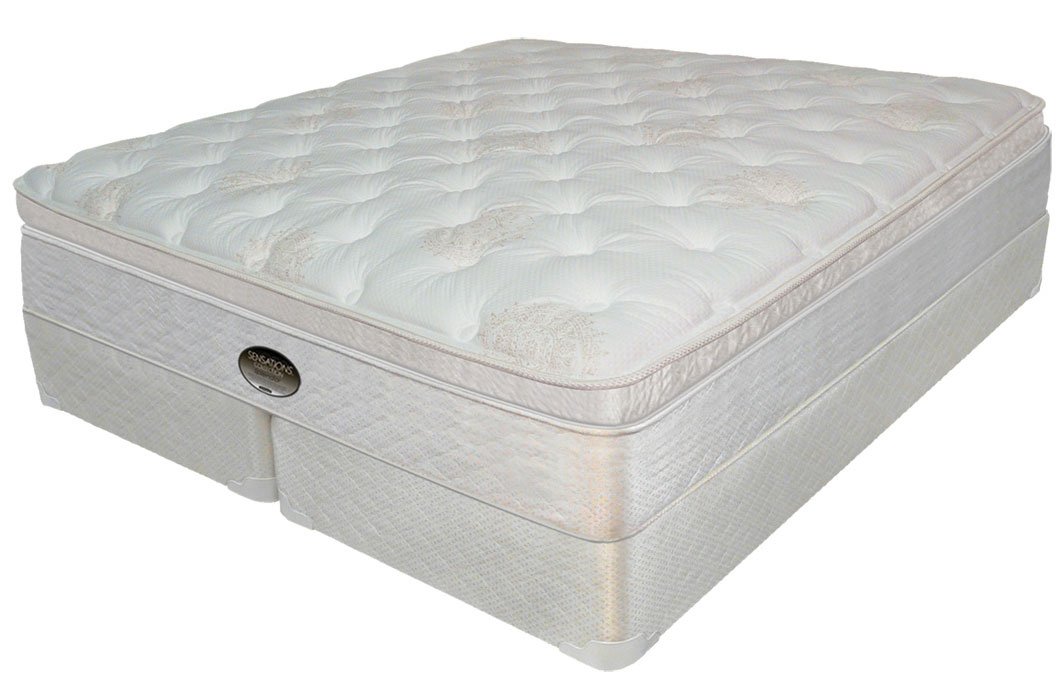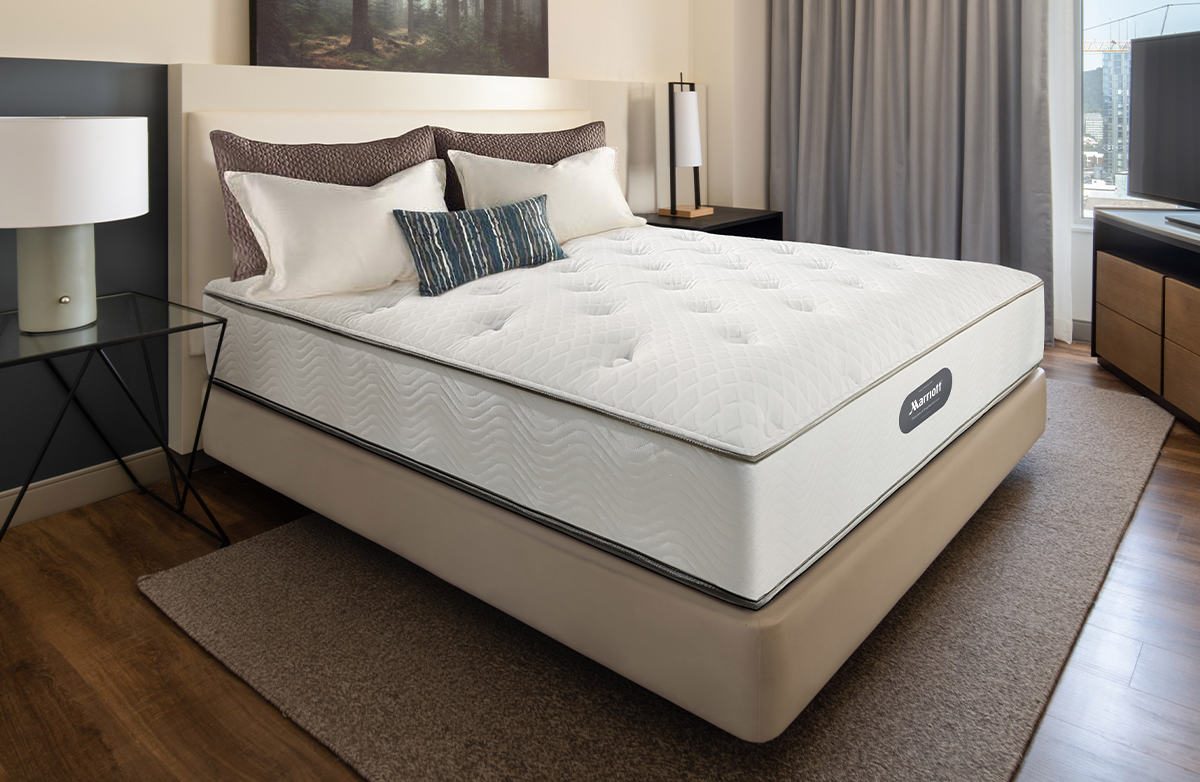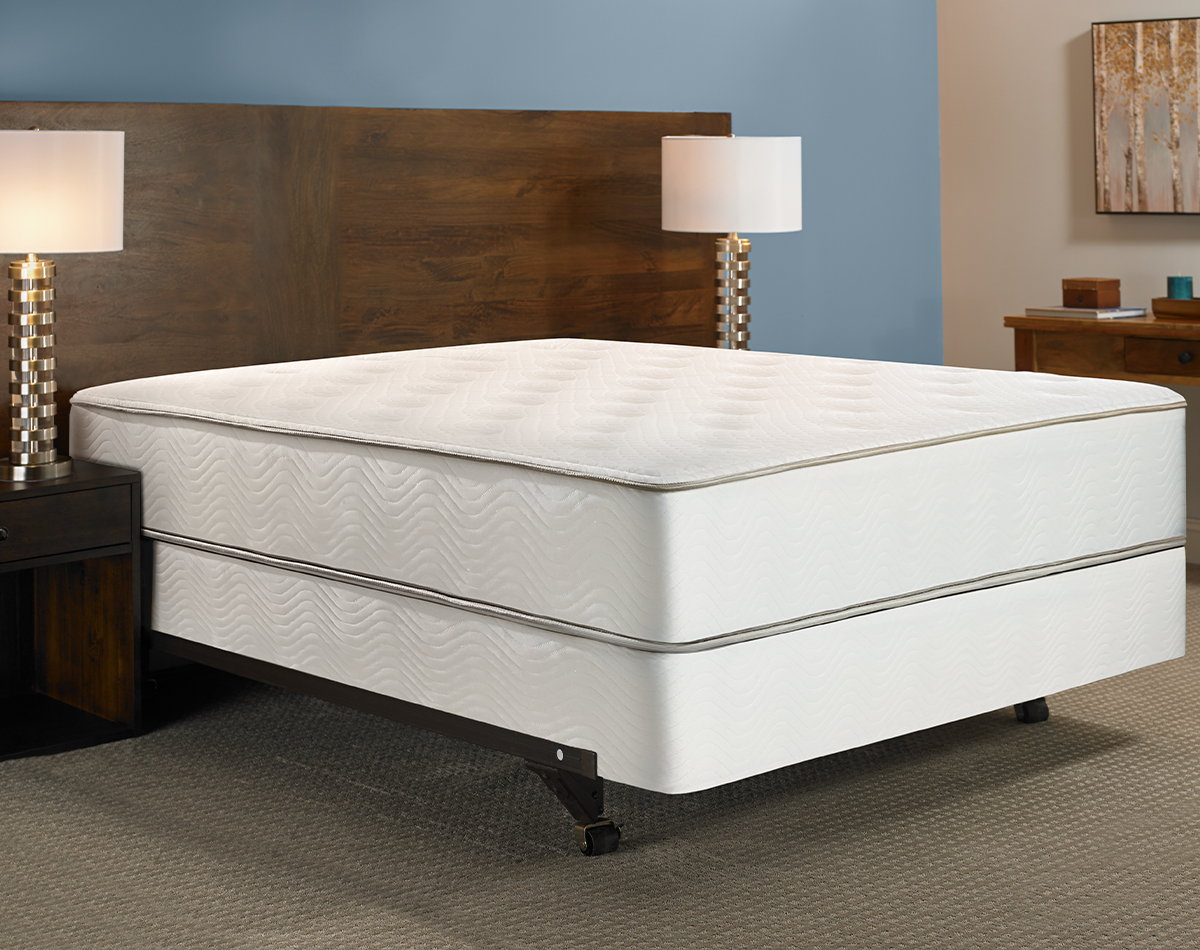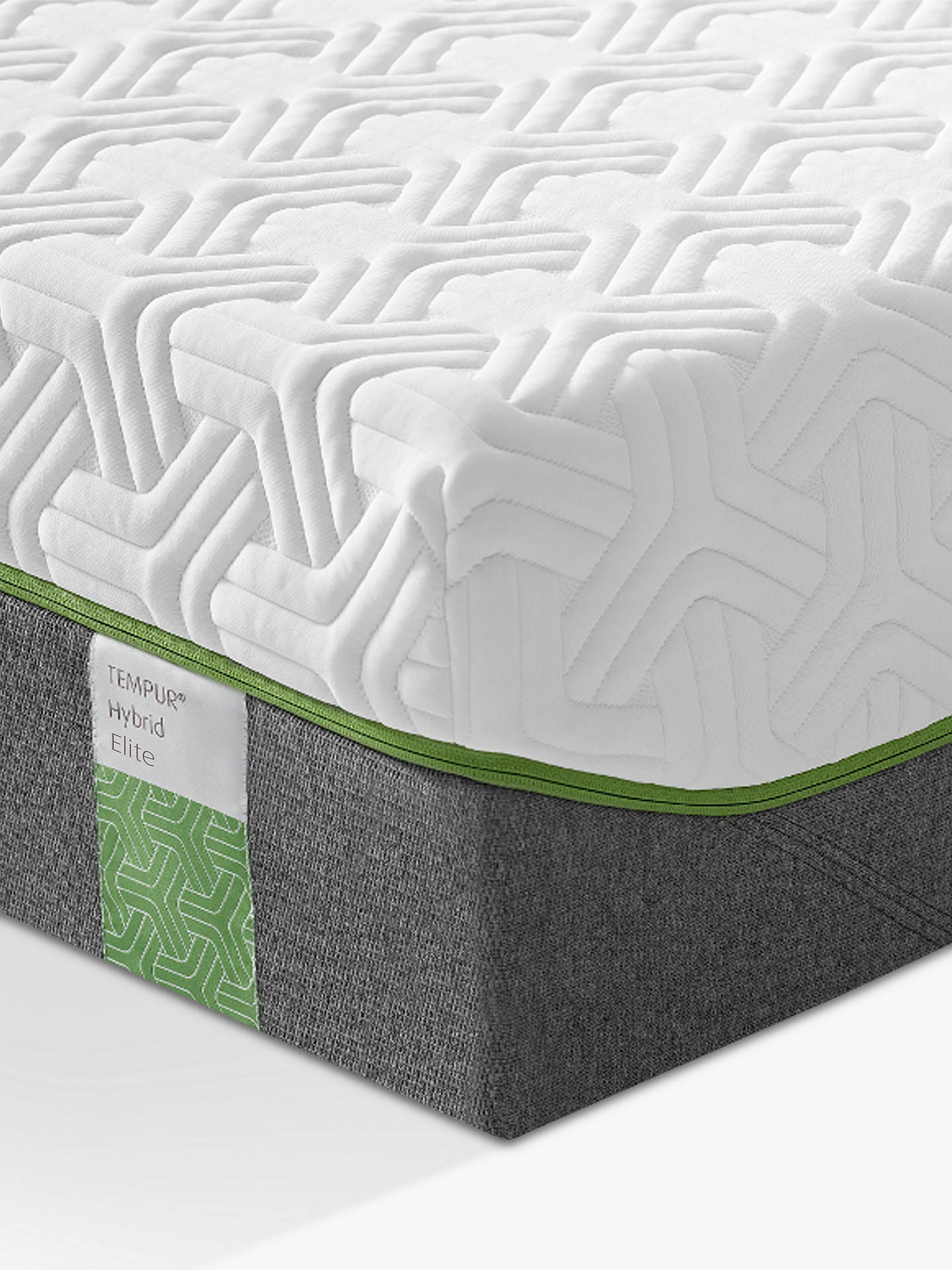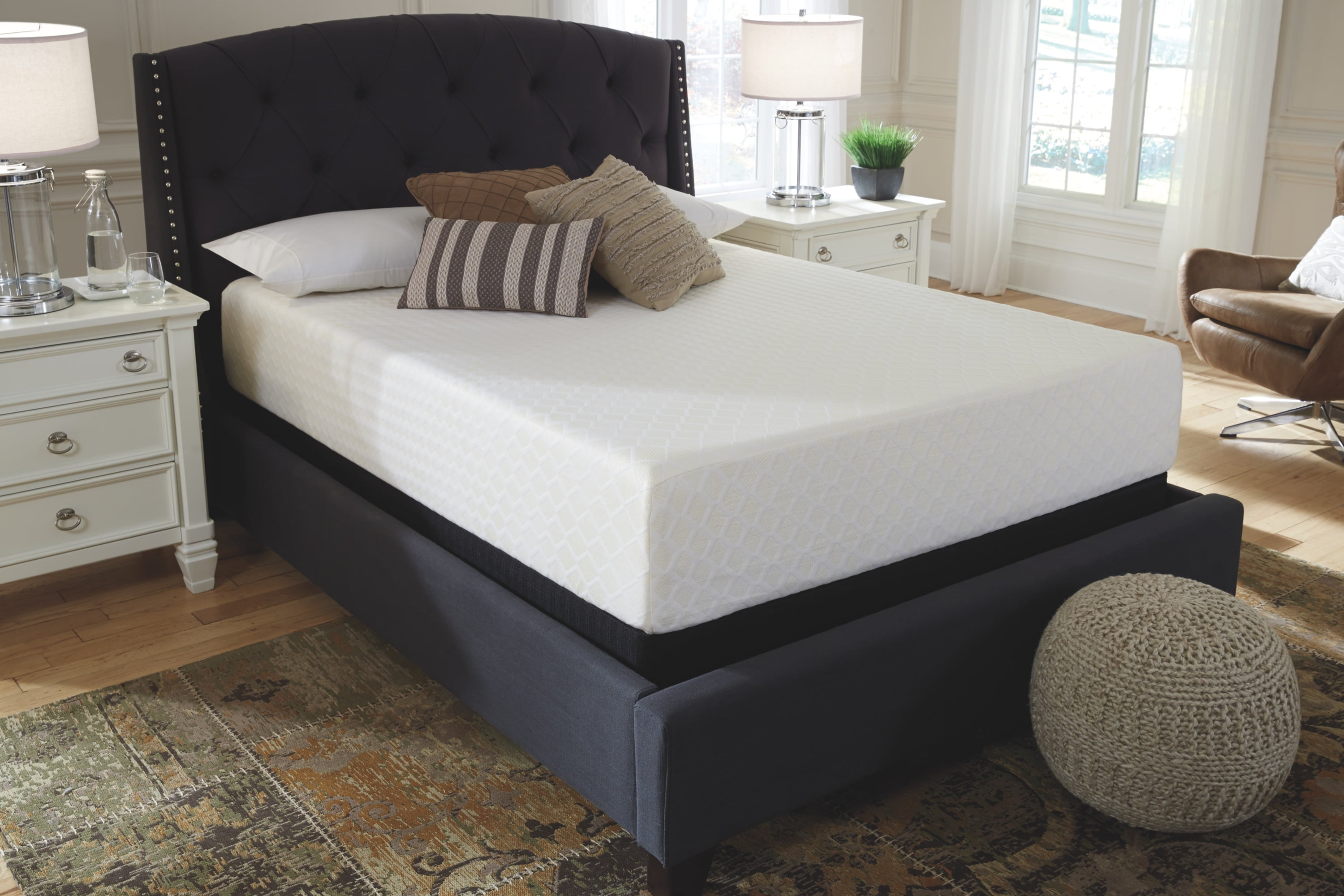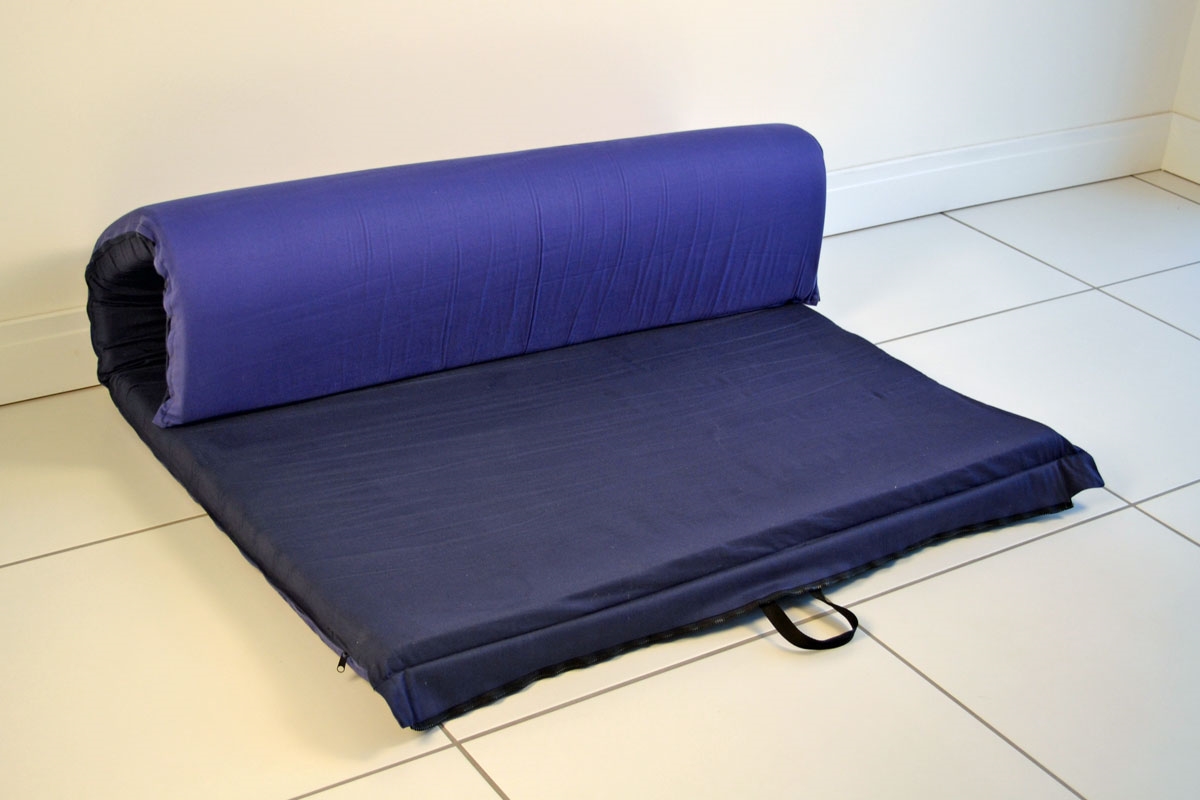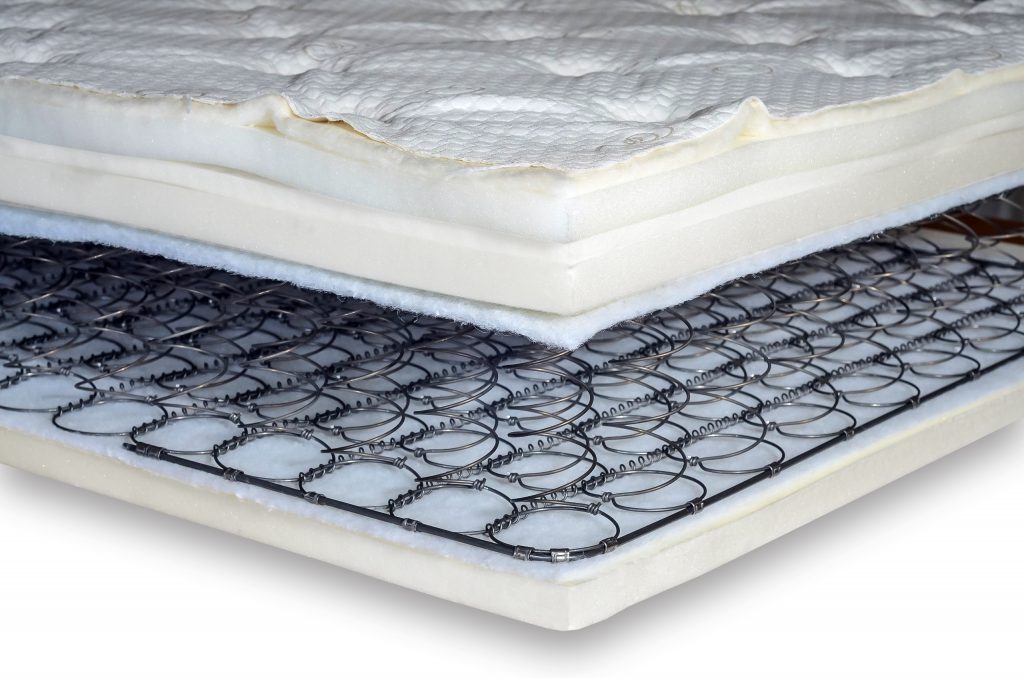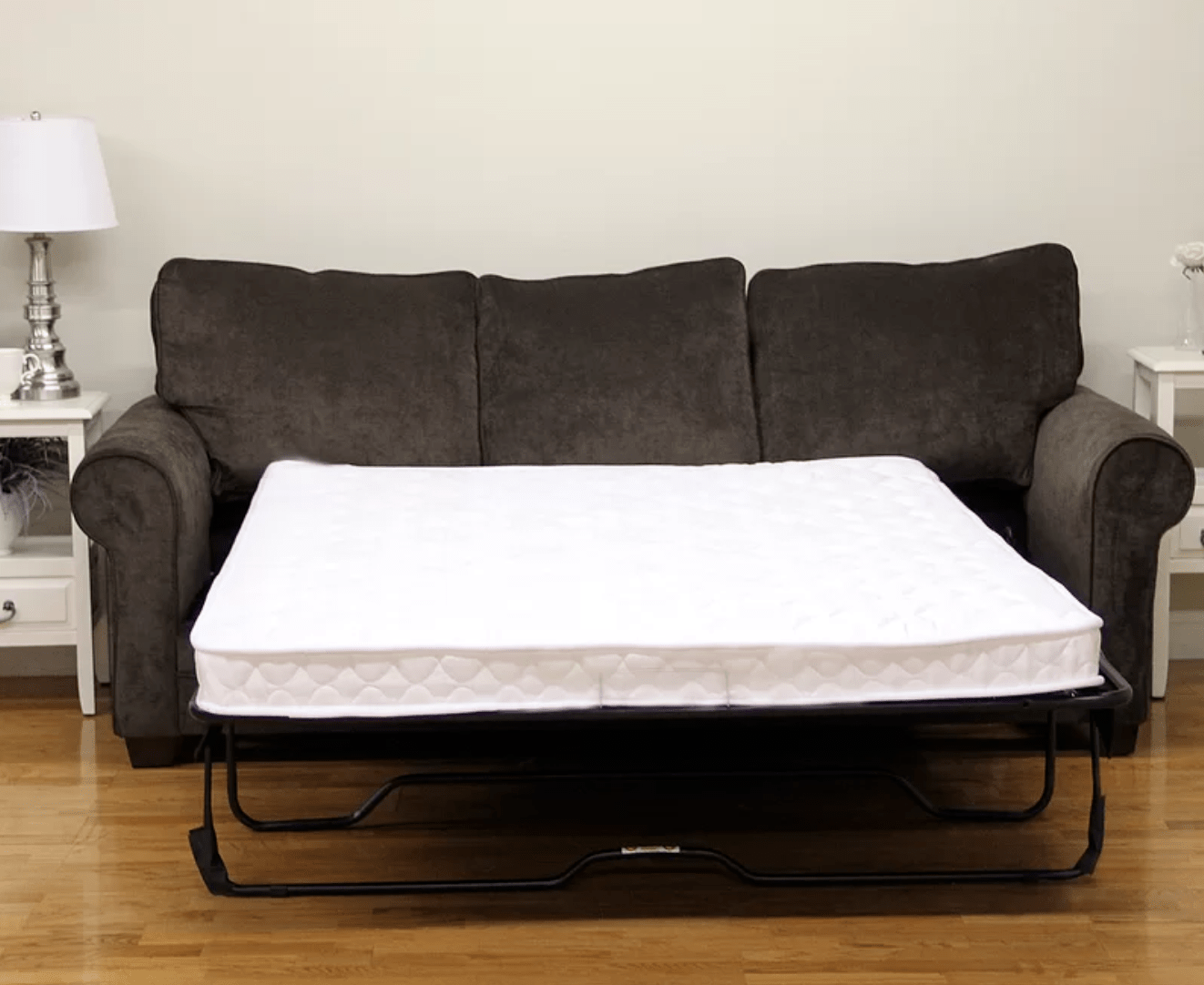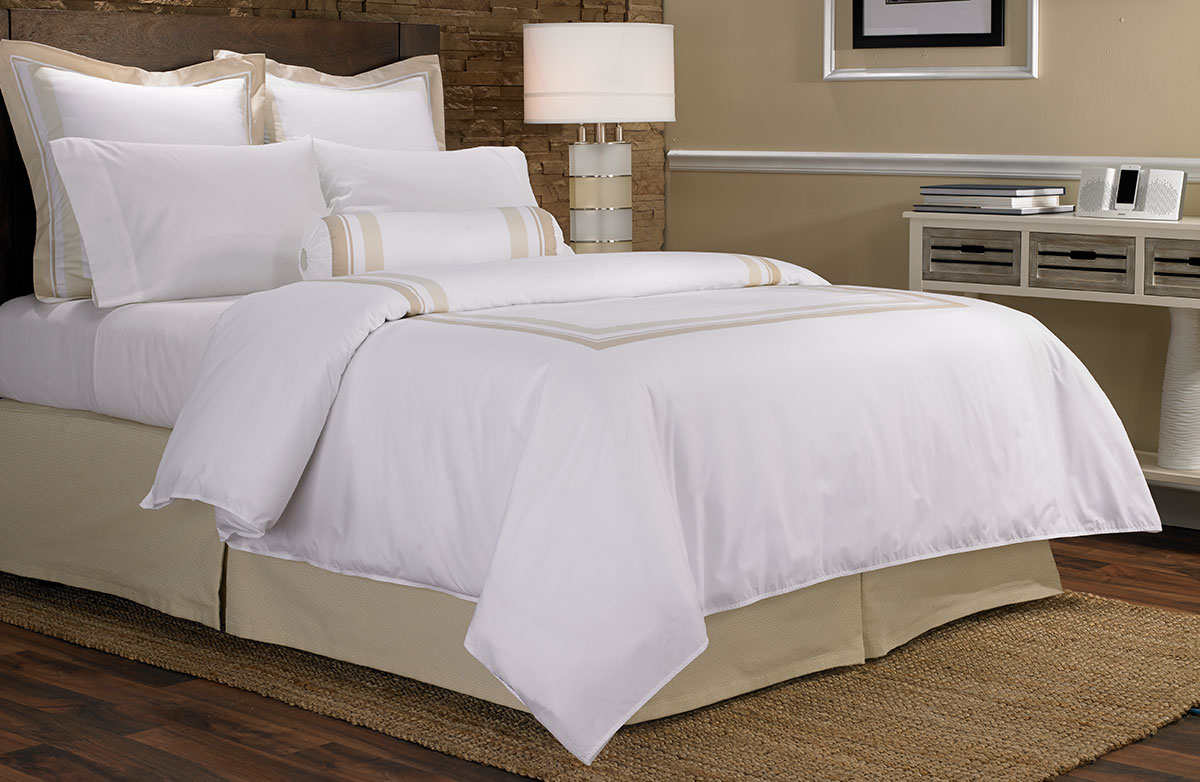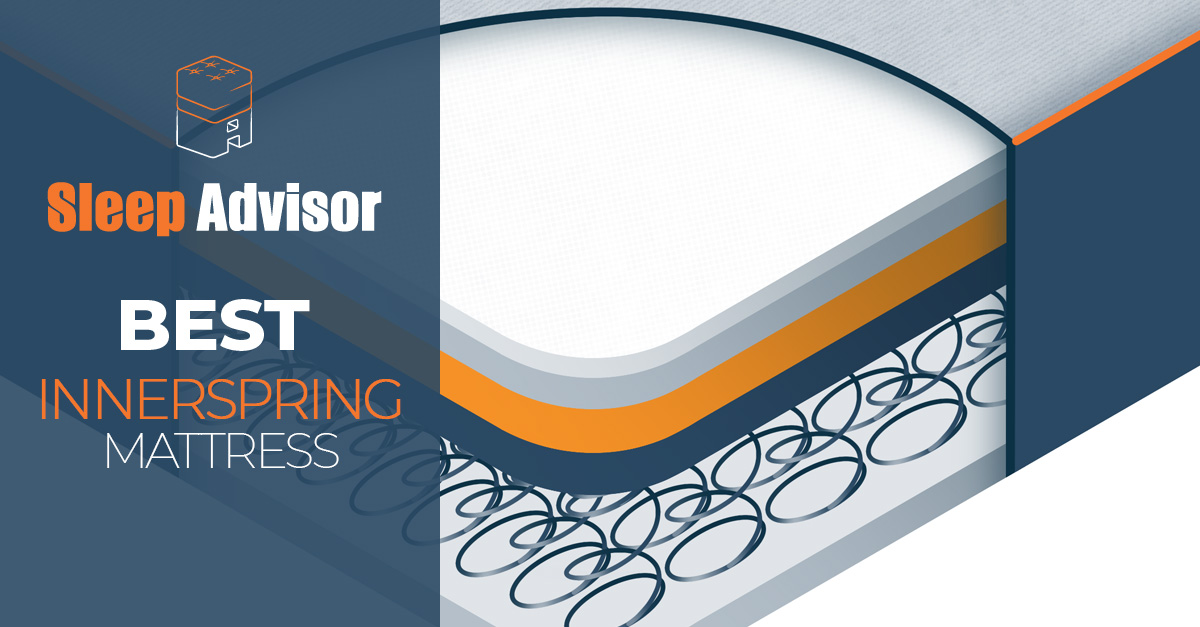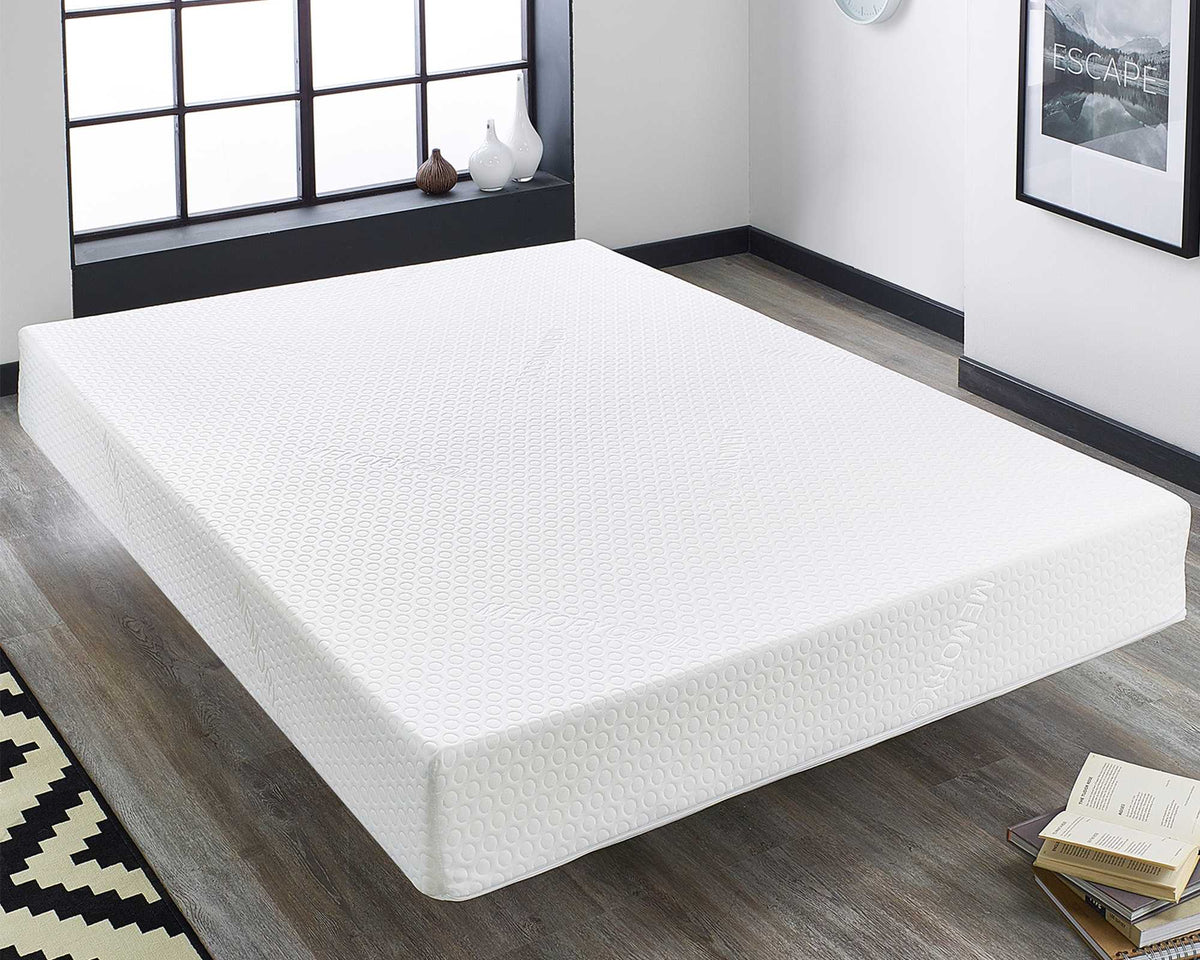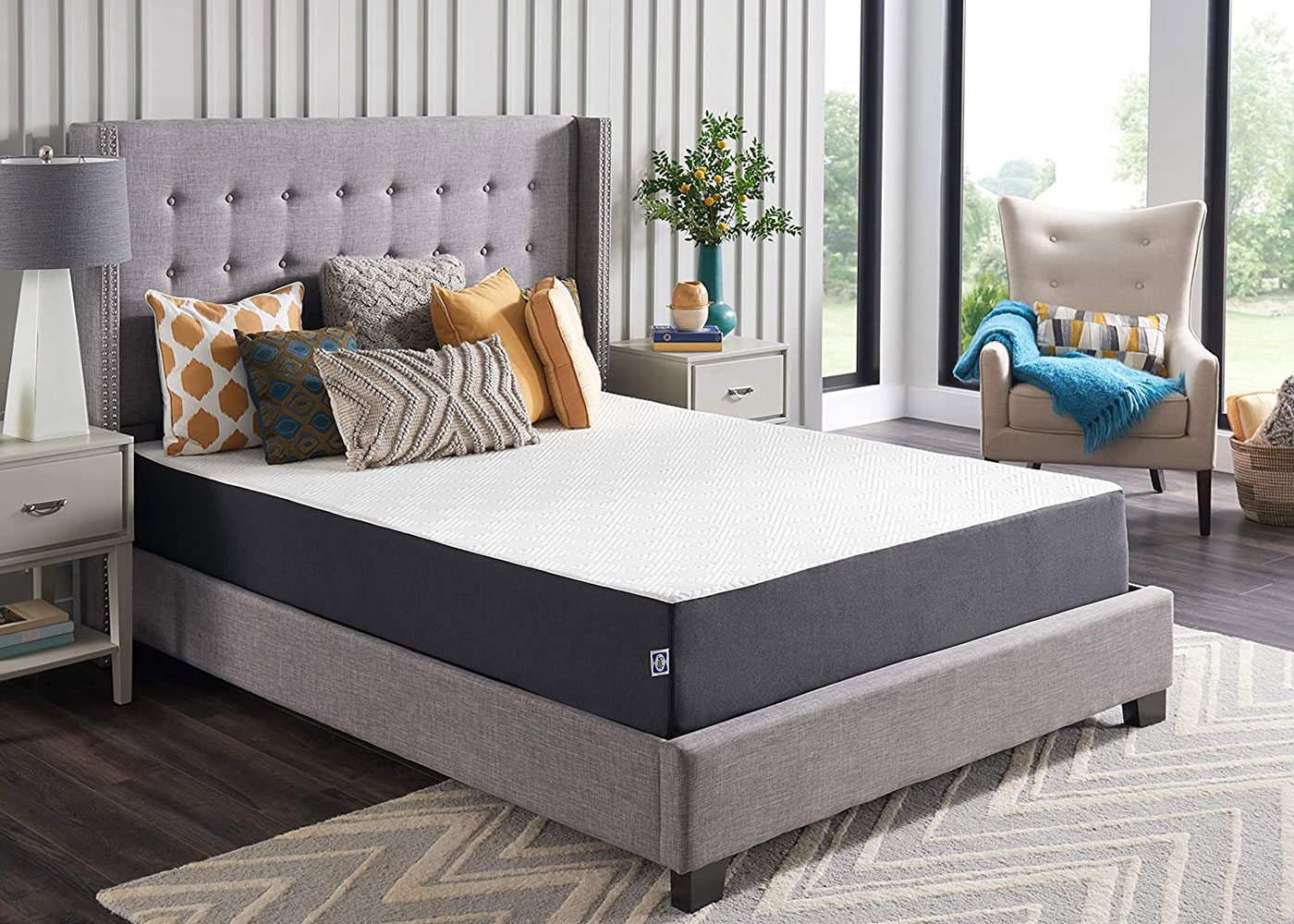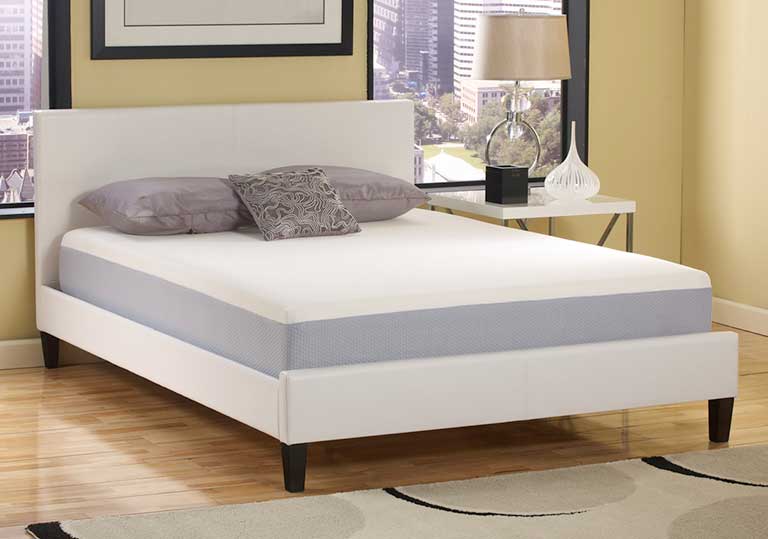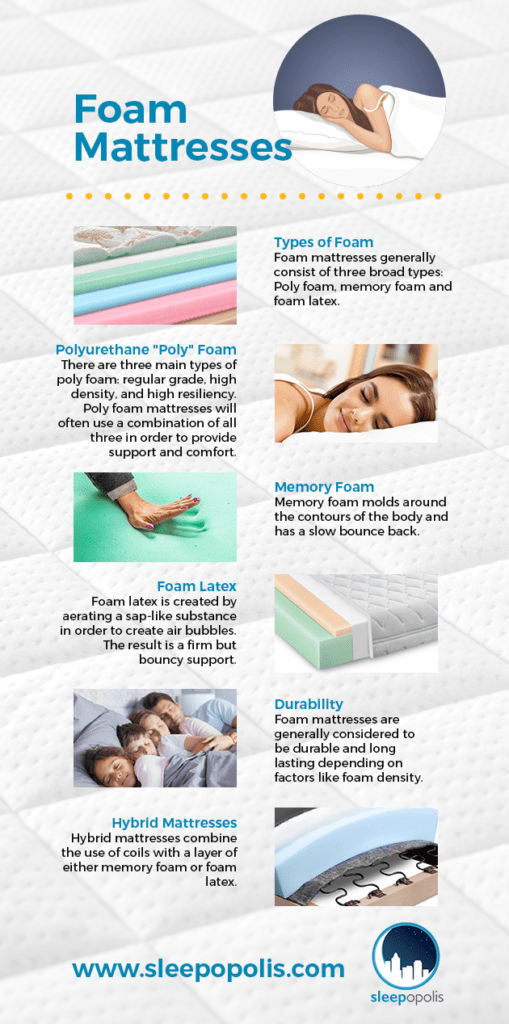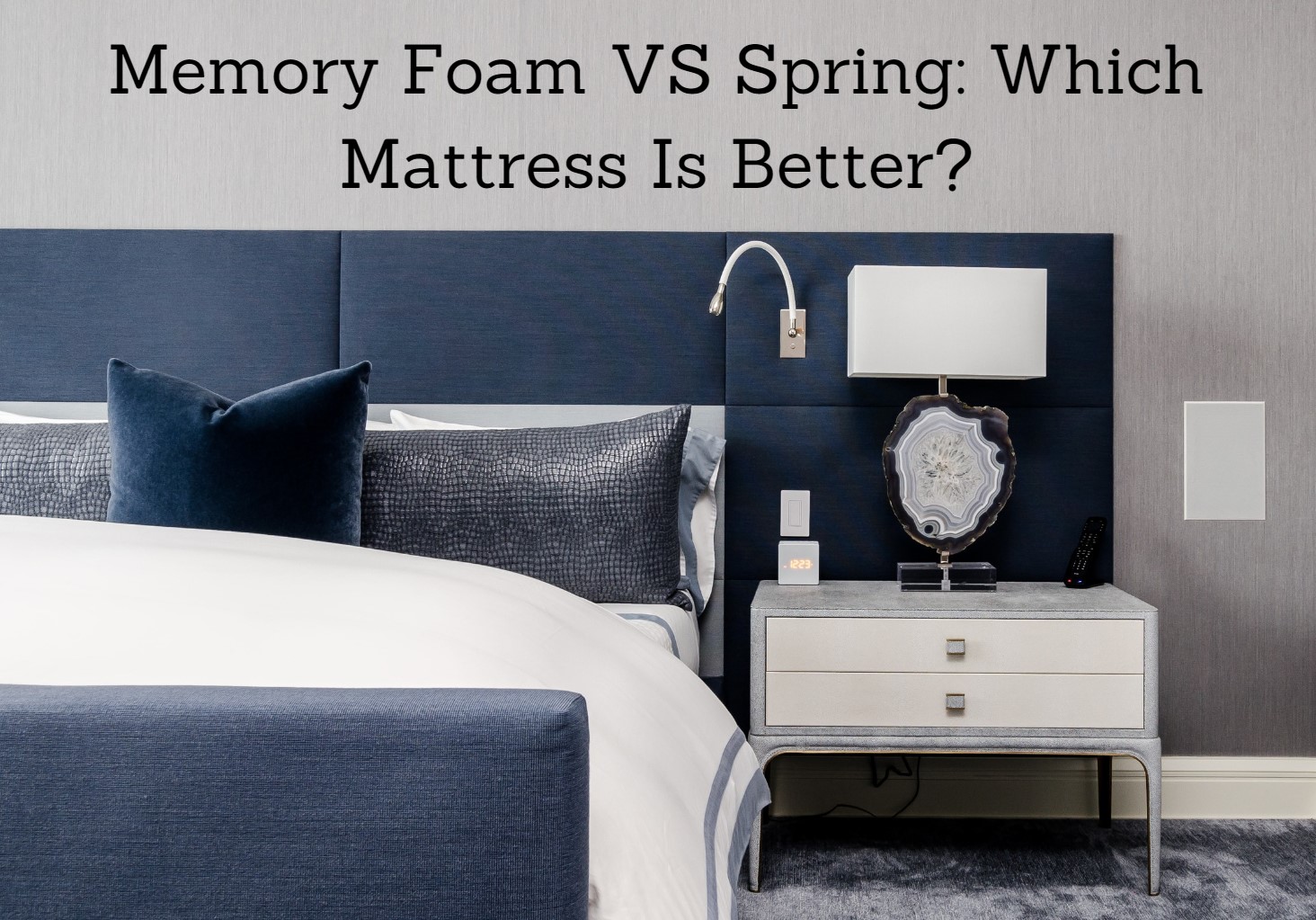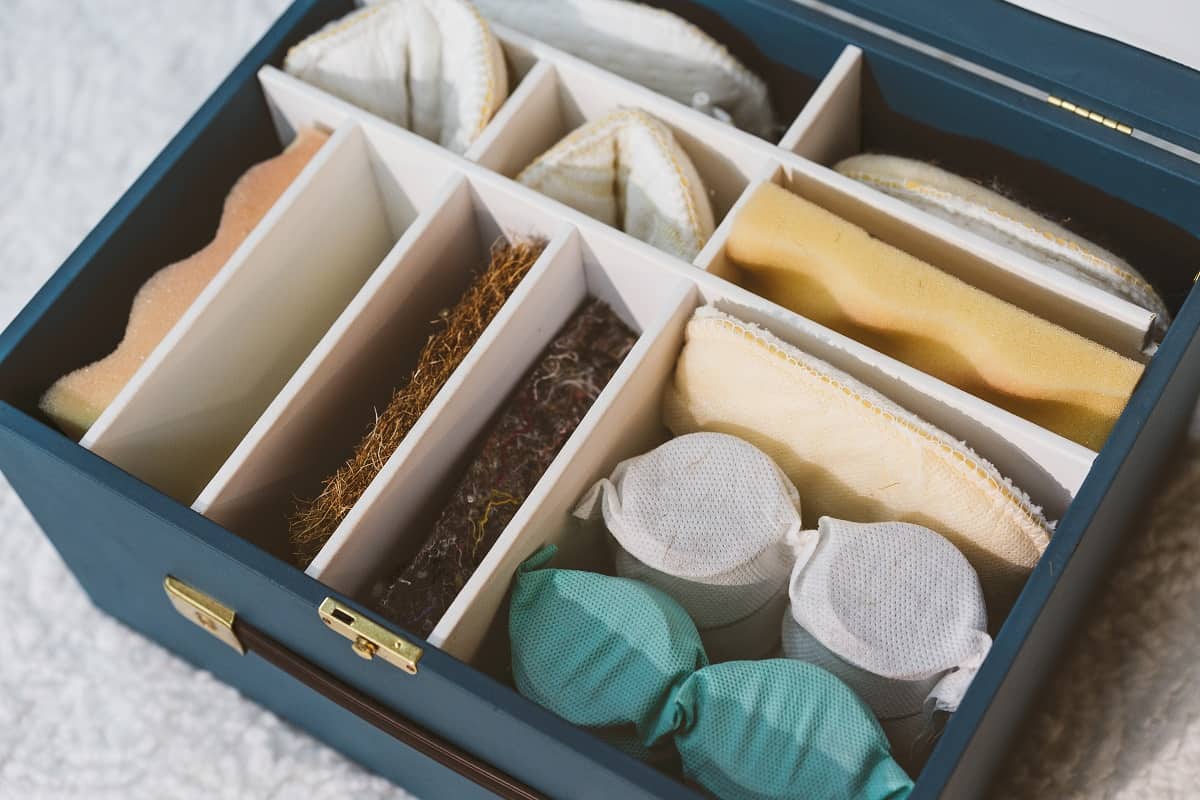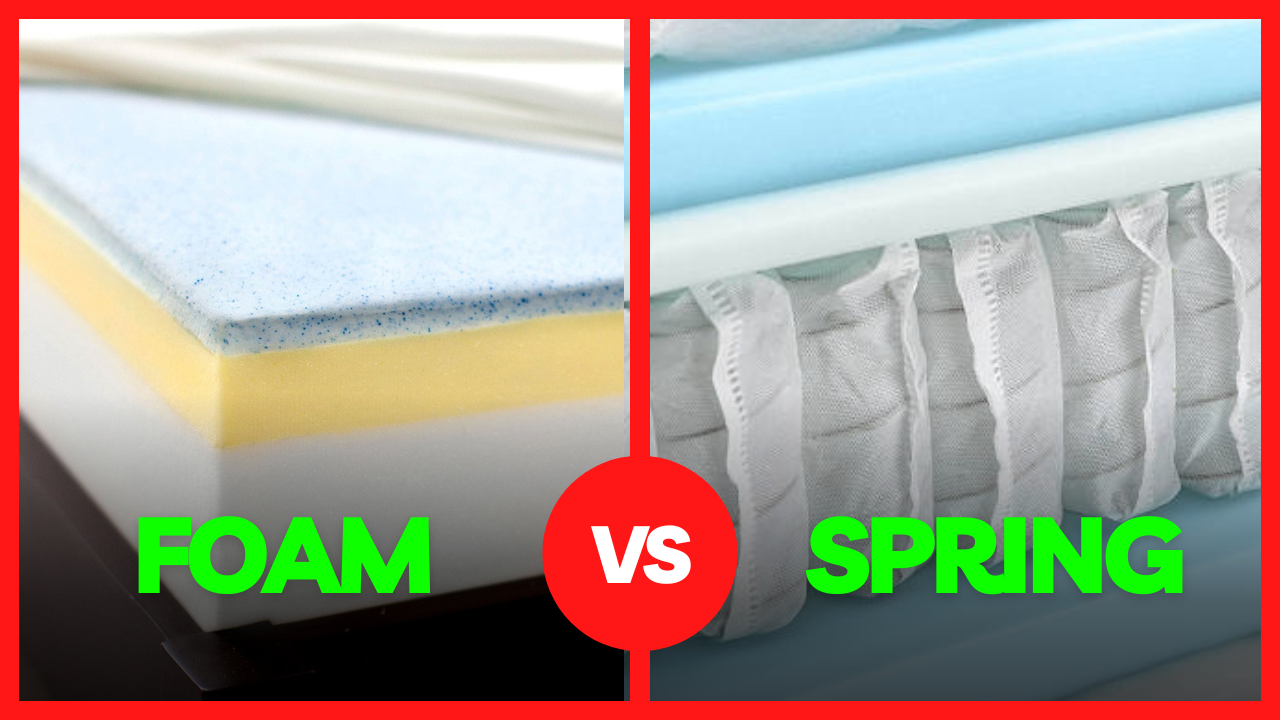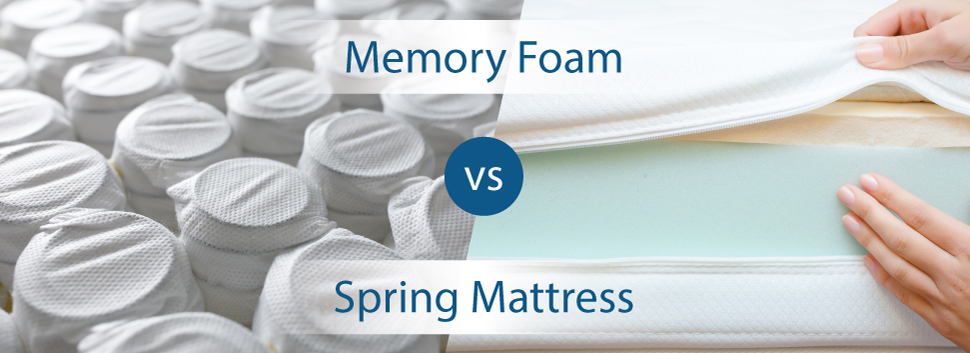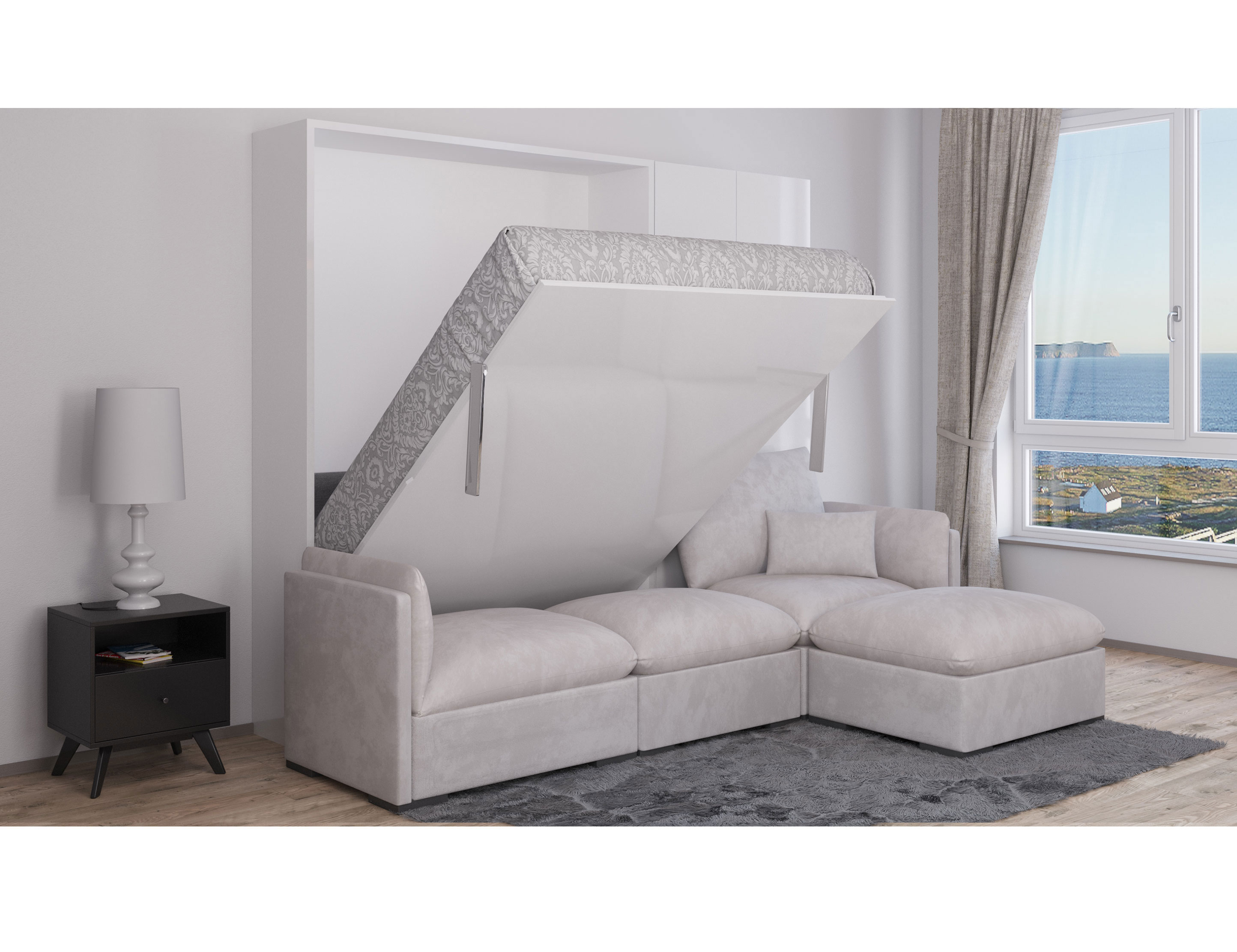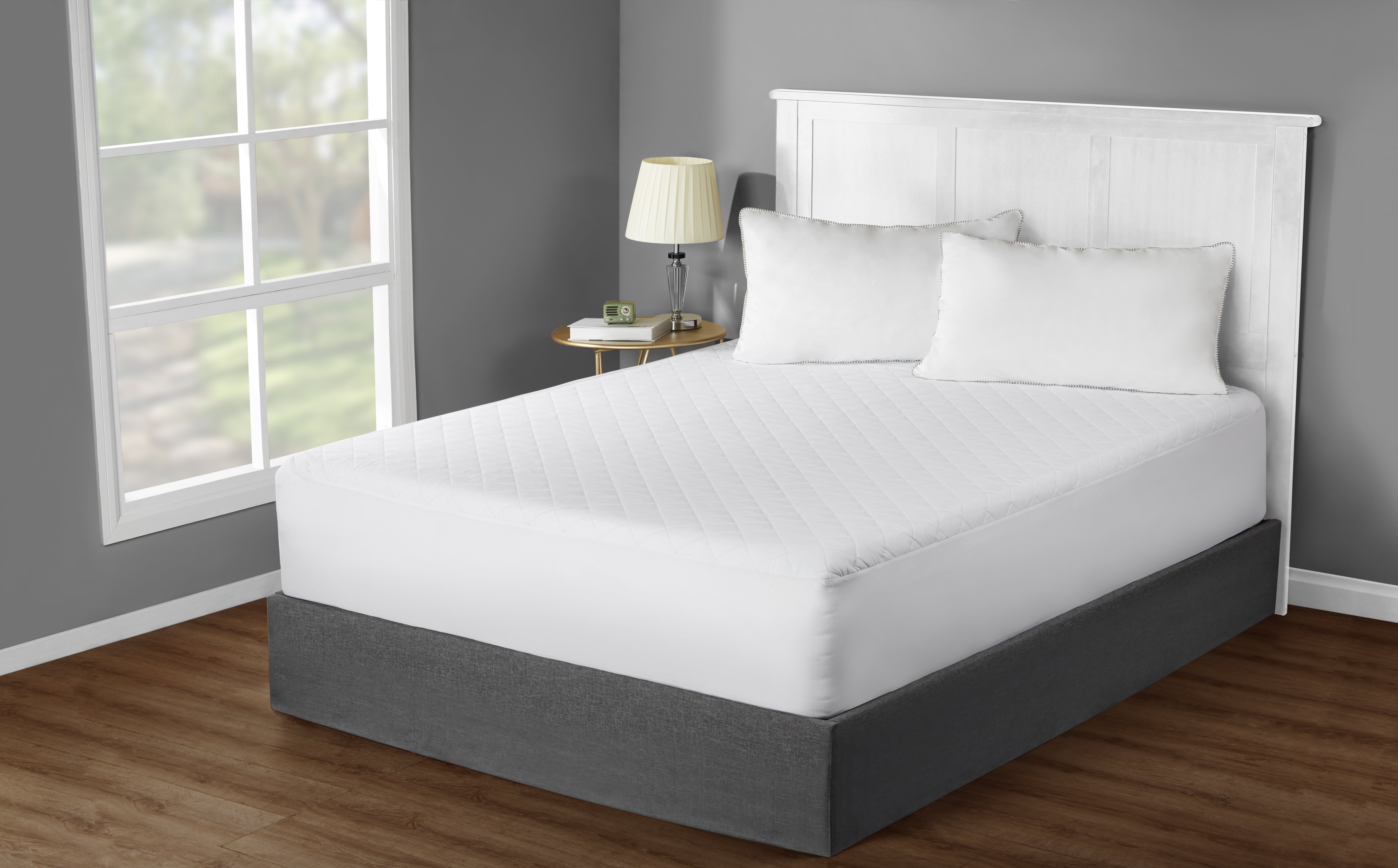Choosing the right mattress is crucial for getting a good night's sleep. With so many options on the market, it can be overwhelming to decide which one is best for you. Two popular choices are memory foam and innerspring mattresses. While both have their own unique features, they also have distinct differences that can make one more suitable for your specific needs. In this article, we will compare memory foam mattresses and innerspring mattresses to help you make an informed decision.Memory Foam vs Innerspring: Which Mattress is Right for You?
Memory foam is a type of foam that is made from polyurethane and other chemicals, resulting in a material that is soft, supportive, and responsive to pressure and heat. This allows it to contour to your body and provide personalized comfort. On the other hand, innerspring mattresses have a core of metal springs or coils that provide support and bounce to the mattress.The Basics: What is Memory Foam and Innerspring?
When it comes to comfort, memory foam mattresses have the upper hand. The foam conforms to your body, relieving pressure points and providing support where it's needed. This can be particularly beneficial for those with chronic pain or joint issues. In contrast, innerspring mattresses may not offer the same level of support and can cause discomfort if the coils are too firm or too soft for your body. In terms of support, both types of mattresses have their own benefits. Memory foam provides even weight distribution, which can be helpful for those with back pain. Innerspring mattresses, on the other hand, offer more bounce and support for those who prefer a firmer feel.Comfort and Support
If you sleep with a partner, memory foam mattresses are known for their excellent motion isolation. This means that movements on one side of the bed do not transfer to the other side, allowing for a peaceful night's sleep. However, innerspring mattresses can be more prone to motion transfer, which can be disruptive if you or your partner toss and turn during the night.Motion Isolation
In terms of longevity, memory foam mattresses tend to have a longer lifespan compared to innerspring mattresses. Foam mattresses can last up to 10 years, while innerspring mattresses typically need to be replaced after 5-7 years. This is due to the fact that the coils in innerspring mattresses can wear out over time.Durability and Lifespan
One common concern with memory foam mattresses is that they can retain heat, leading to a feeling of sleeping hot. However, many manufacturers now use cooling gel or other materials to regulate temperature and prevent excessive heat retention. Innerspring mattresses, on the other hand, are naturally cooler due to their open structure, making them a better option for those who tend to sleep hot.Temperature Regulation
When it comes to cost, innerspring mattresses are generally more affordable compared to memory foam mattresses. This is because foam mattresses use higher quality materials and have more advanced technology. However, the long lifespan of memory foam mattresses can make them a more cost-effective choice in the long run.Price and Affordability
Ultimately, the choice between memory foam and innerspring mattresses depends on your personal preferences and needs. If you prioritize comfort and pressure relief, a memory foam mattress may be the better choice. On the other hand, if you prefer a firmer, bouncier feel, an innerspring mattress may be more suitable. It's also important to consider factors such as temperature regulation, motion isolation, and budget when making your decision. At the end of the day, both types of mattresses have their own benefits and drawbacks. The key is to try out different options and choose the one that feels most comfortable and supportive for you. With the right mattress, you can look forward to a restful and rejuvenating night's sleep every night.Which Mattress is Right for You?
Which is Better for Your Sleep: Memory Foam Mattress or Innerspring Mattress?
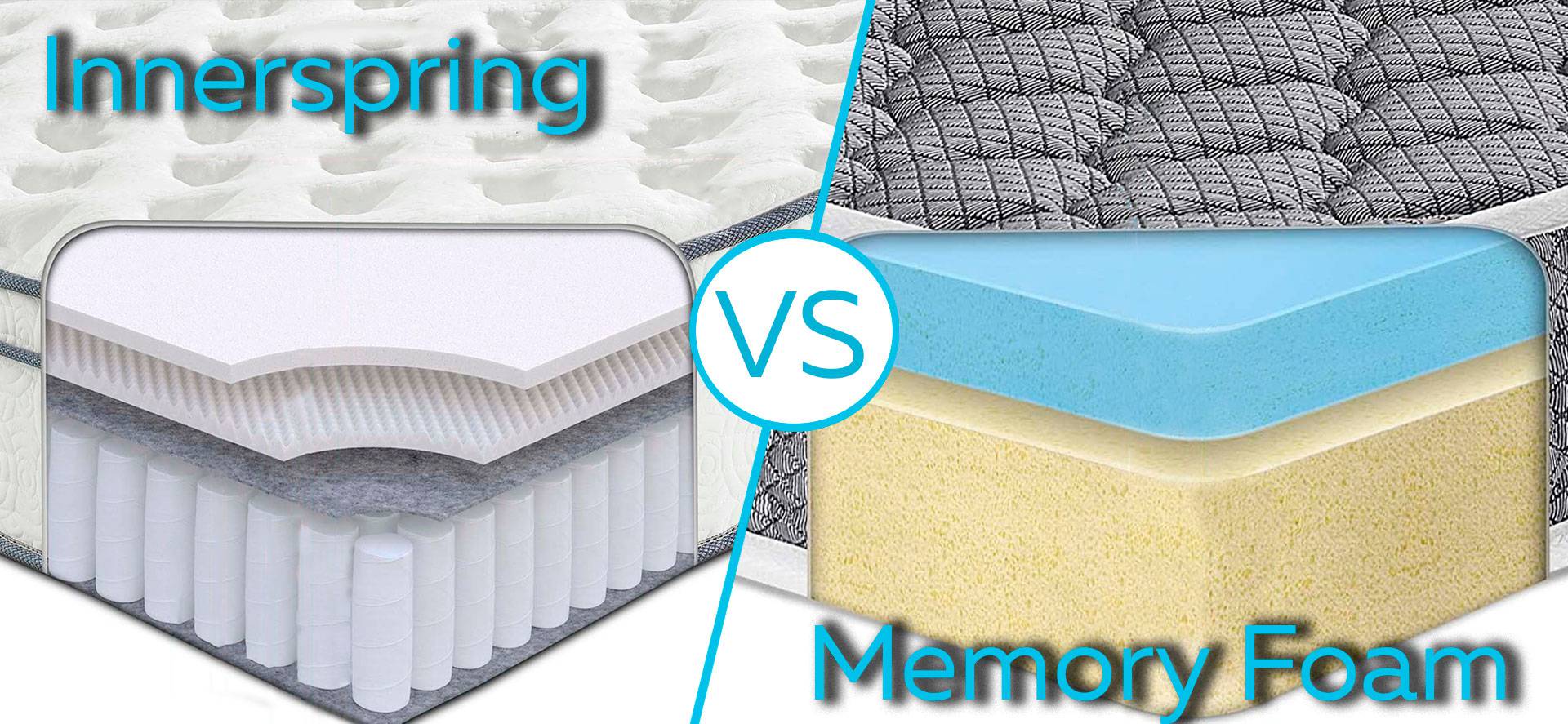
Comfort and Support
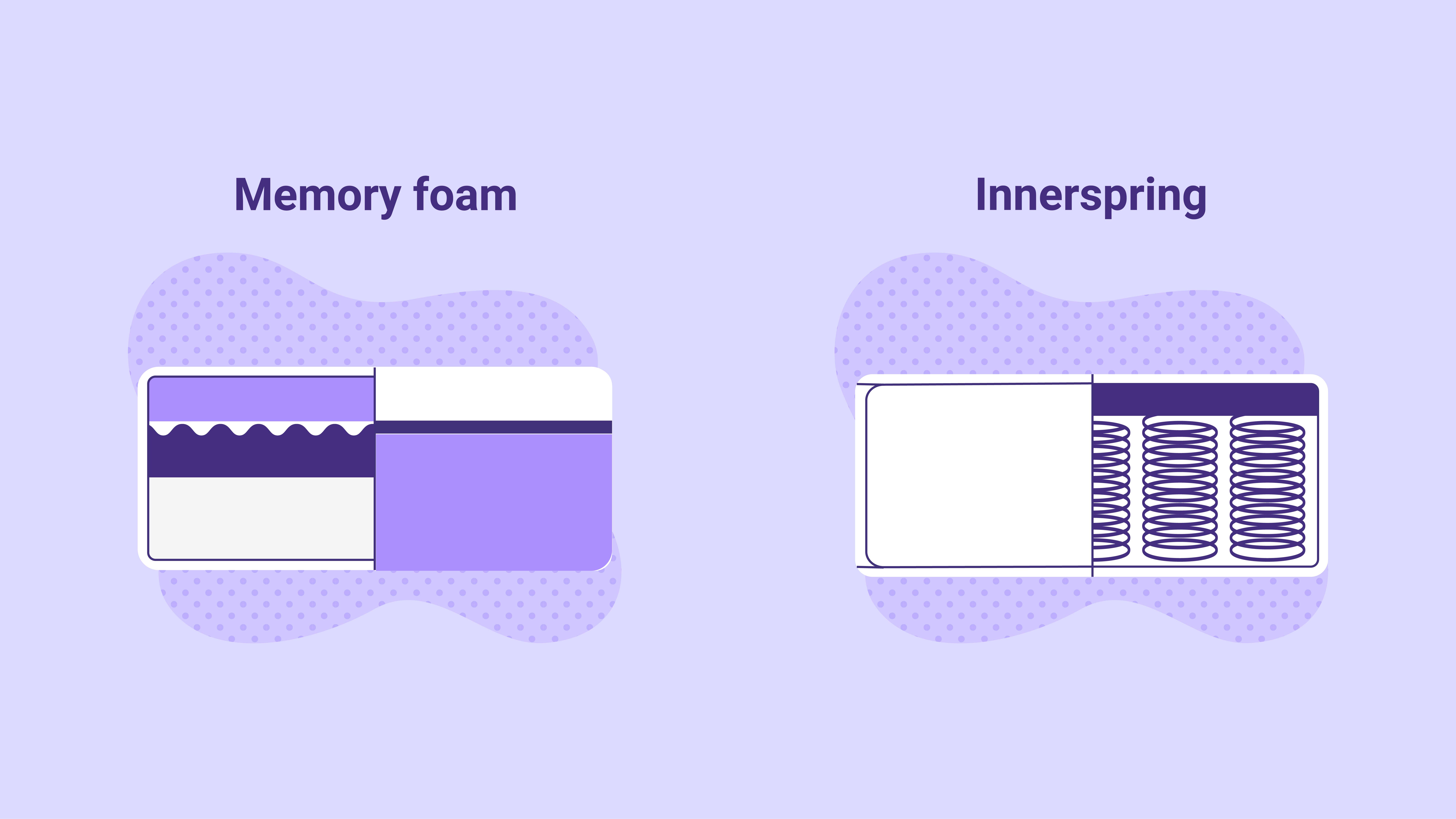 When it comes to choosing a mattress, comfort and support are two of the most important factors to consider. Memory foam mattresses and innerspring mattresses offer different levels of comfort and support, making it a key difference between the two.
Memory foam mattresses
are known for their ability to conform to the body's shape, providing excellent support and pressure relief. The foam molds to the body's curves, distributing weight evenly and reducing pressure points. This can be especially beneficial for those with back or joint pain.
On the other hand,
innerspring mattresses
use a network of metal coils to provide support. While they may not conform to the body as well as memory foam, they offer a bouncy and responsive feel that some people prefer. Innerspring mattresses also tend to be firmer, which can be beneficial for those who need more support.
When it comes to choosing a mattress, comfort and support are two of the most important factors to consider. Memory foam mattresses and innerspring mattresses offer different levels of comfort and support, making it a key difference between the two.
Memory foam mattresses
are known for their ability to conform to the body's shape, providing excellent support and pressure relief. The foam molds to the body's curves, distributing weight evenly and reducing pressure points. This can be especially beneficial for those with back or joint pain.
On the other hand,
innerspring mattresses
use a network of metal coils to provide support. While they may not conform to the body as well as memory foam, they offer a bouncy and responsive feel that some people prefer. Innerspring mattresses also tend to be firmer, which can be beneficial for those who need more support.
Durability and Longevity
 Another important factor to consider when choosing a mattress is its durability and longevity. After all, a mattress is a significant investment, and you want it to last for many years to come.
Memory foam mattresses
are known for their durability, with some models lasting up to 15 years. The high-density foam used in these mattresses is less likely to sag or develop permanent indentations, making them a good long-term investment. They are also less likely to develop squeaks or creaks, which can be a common issue with innerspring mattresses.
In comparison,
innerspring mattresses
tend to have a shorter lifespan, with an average of 8-10 years. The metal coils can wear out over time, causing the mattress to become less supportive and comfortable. However, some higher-end innerspring mattresses may have better durability due to the use of high-quality materials.
Another important factor to consider when choosing a mattress is its durability and longevity. After all, a mattress is a significant investment, and you want it to last for many years to come.
Memory foam mattresses
are known for their durability, with some models lasting up to 15 years. The high-density foam used in these mattresses is less likely to sag or develop permanent indentations, making them a good long-term investment. They are also less likely to develop squeaks or creaks, which can be a common issue with innerspring mattresses.
In comparison,
innerspring mattresses
tend to have a shorter lifespan, with an average of 8-10 years. The metal coils can wear out over time, causing the mattress to become less supportive and comfortable. However, some higher-end innerspring mattresses may have better durability due to the use of high-quality materials.
Motion Isolation
 If you share a bed with a partner, you may be familiar with the issue of motion transfer. This is when movement on one side of the bed can be felt on the other side, causing disturbance and disrupting sleep.
Memory foam mattresses
are known for their excellent motion isolation properties. The foam absorbs movement, making it ideal for couples who don't want to be disturbed by their partner's movements during the night.
In contrast,
innerspring mattresses
may have more motion transfer due to the bounciness of the coils. This can be a disadvantage for couples, especially if one partner is a restless sleeper.
If you share a bed with a partner, you may be familiar with the issue of motion transfer. This is when movement on one side of the bed can be felt on the other side, causing disturbance and disrupting sleep.
Memory foam mattresses
are known for their excellent motion isolation properties. The foam absorbs movement, making it ideal for couples who don't want to be disturbed by their partner's movements during the night.
In contrast,
innerspring mattresses
may have more motion transfer due to the bounciness of the coils. This can be a disadvantage for couples, especially if one partner is a restless sleeper.
Price
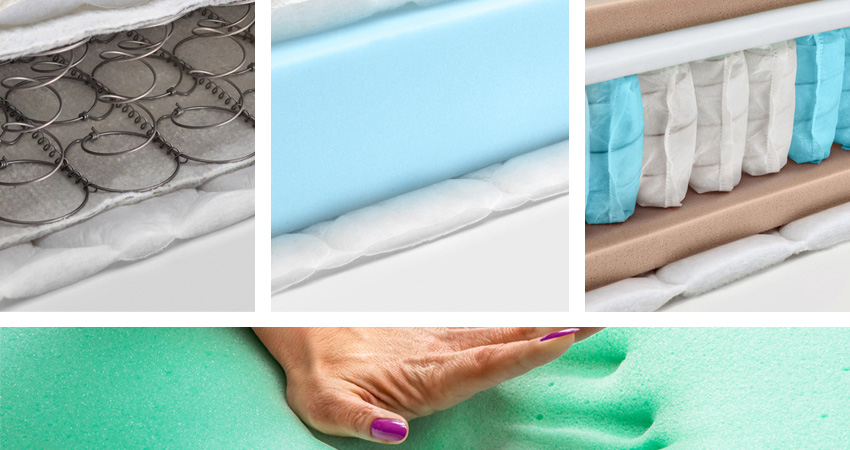 Price is also a significant factor to consider when choosing between a memory foam mattress and an innerspring mattress. Generally, memory foam mattresses tend to be more expensive than innerspring mattresses, due to the use of higher-quality materials and advanced manufacturing processes.
However, in recent years, the price gap between the two has narrowed, with more affordable memory foam options now available. Innerspring mattresses still tend to be the more budget-friendly option, making them a popular choice among consumers.
Conclusion:
Both memory foam and innerspring mattresses have their own unique benefits and drawbacks, making it challenging to declare one as the clear winner. It ultimately comes down to personal preference and individual needs. For those who prioritize comfort and support, a memory foam mattress may be the better choice, while those on a budget may opt for an innerspring mattress. Whichever you choose, investing in a good quality mattress is crucial for a good night's sleep and overall well-being.
Price is also a significant factor to consider when choosing between a memory foam mattress and an innerspring mattress. Generally, memory foam mattresses tend to be more expensive than innerspring mattresses, due to the use of higher-quality materials and advanced manufacturing processes.
However, in recent years, the price gap between the two has narrowed, with more affordable memory foam options now available. Innerspring mattresses still tend to be the more budget-friendly option, making them a popular choice among consumers.
Conclusion:
Both memory foam and innerspring mattresses have their own unique benefits and drawbacks, making it challenging to declare one as the clear winner. It ultimately comes down to personal preference and individual needs. For those who prioritize comfort and support, a memory foam mattress may be the better choice, while those on a budget may opt for an innerspring mattress. Whichever you choose, investing in a good quality mattress is crucial for a good night's sleep and overall well-being.



